On April 28, 2001, Dennis Tito made history as the first space tourist. The American spent 7 days, 22 hours and 4 minutes in space, including about 6 days on board the ISS. He paid Space Adventures $20 million for his flight.
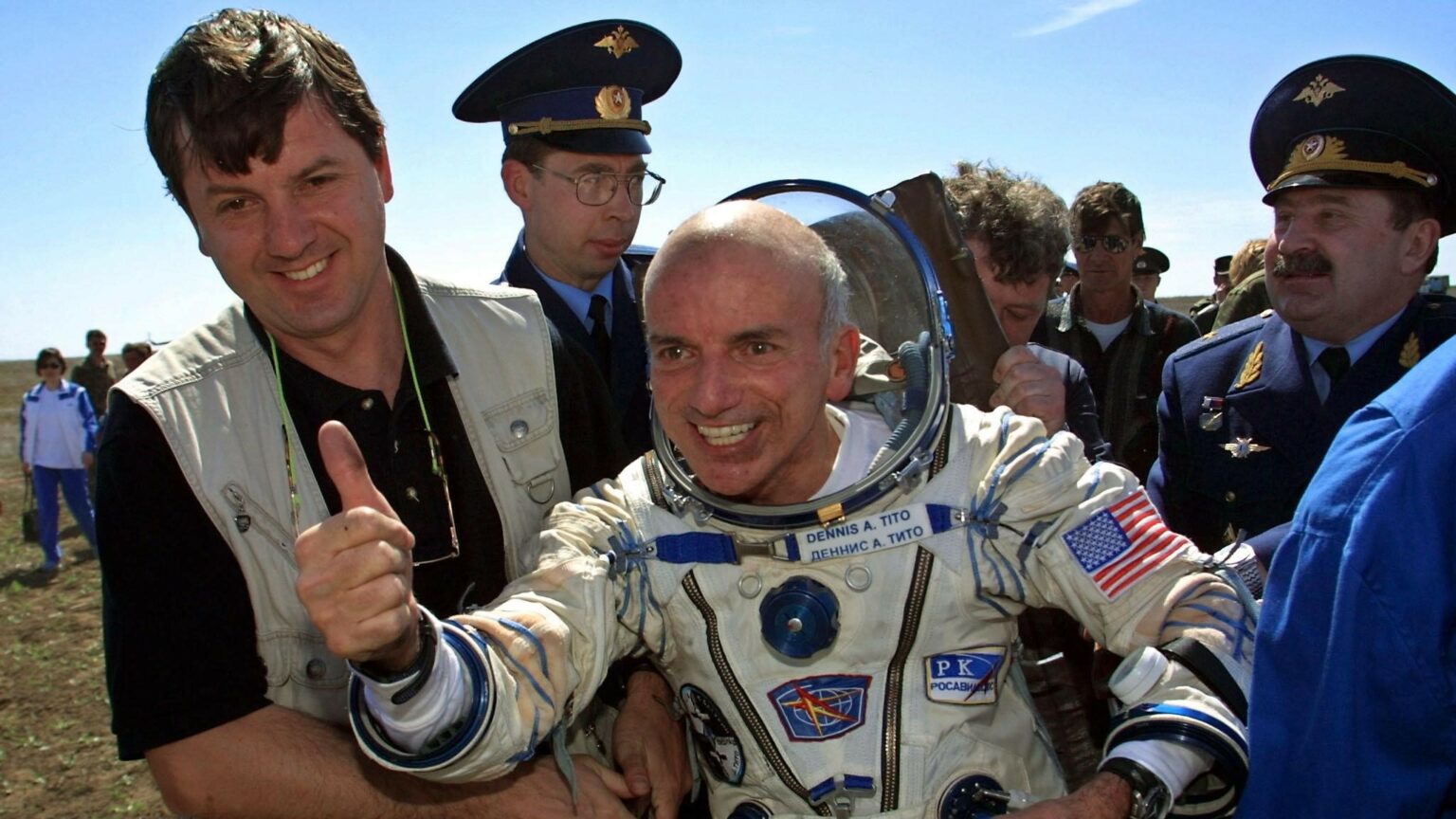
In the next 8 years, six more people visited the ISS as tourists, and one of them (Charles Simoni) did it twice. Canadian Guy Laliberte became the last space tourist of the “first generation”. He paid 35 million for a twelve-day flight that took place in the fall of 2009.
Many people supposed it was just the beginning, and in the next decade we would witness the implementation of a large number of space tourism projects. However, these expectations did not come true. On the contrary, the 2010s became a “lost decade” for space tourism. Some projects turned out to be much more complex than expected and took much longer to implement. Others were closed altogether, falling victims of their own excessive ambition.
However, last year the situation finally changed. Blue Origin began regular suborbital flights by the New Shepard spacecraft, while SpaceX sent a private manned mission into orbit for the first time. And this means that potential tourists have a choice of several possible options for flying into outer space — providing they have enough money, of course.
Touch the sky
To paraphrase a well-known saying, one can endlessly enjoy looking at three things: water flowing, fire burning and Virgin Galactic CEO Richard Branson promising that the SpaceShipTwo spacecraft will begin regular passenger flights by the end of this year or at least the beginning of next year. For example, in 2018, he voiced his hope to fly into space on his spaceship at the end of the year. In 2019, Branson said he expects to fly in the summer to mark the 50th anniversary of the first man landing on the Moon. But even then the flight never took place. Then all plans were disrupted by the COVID-19 pandemic.
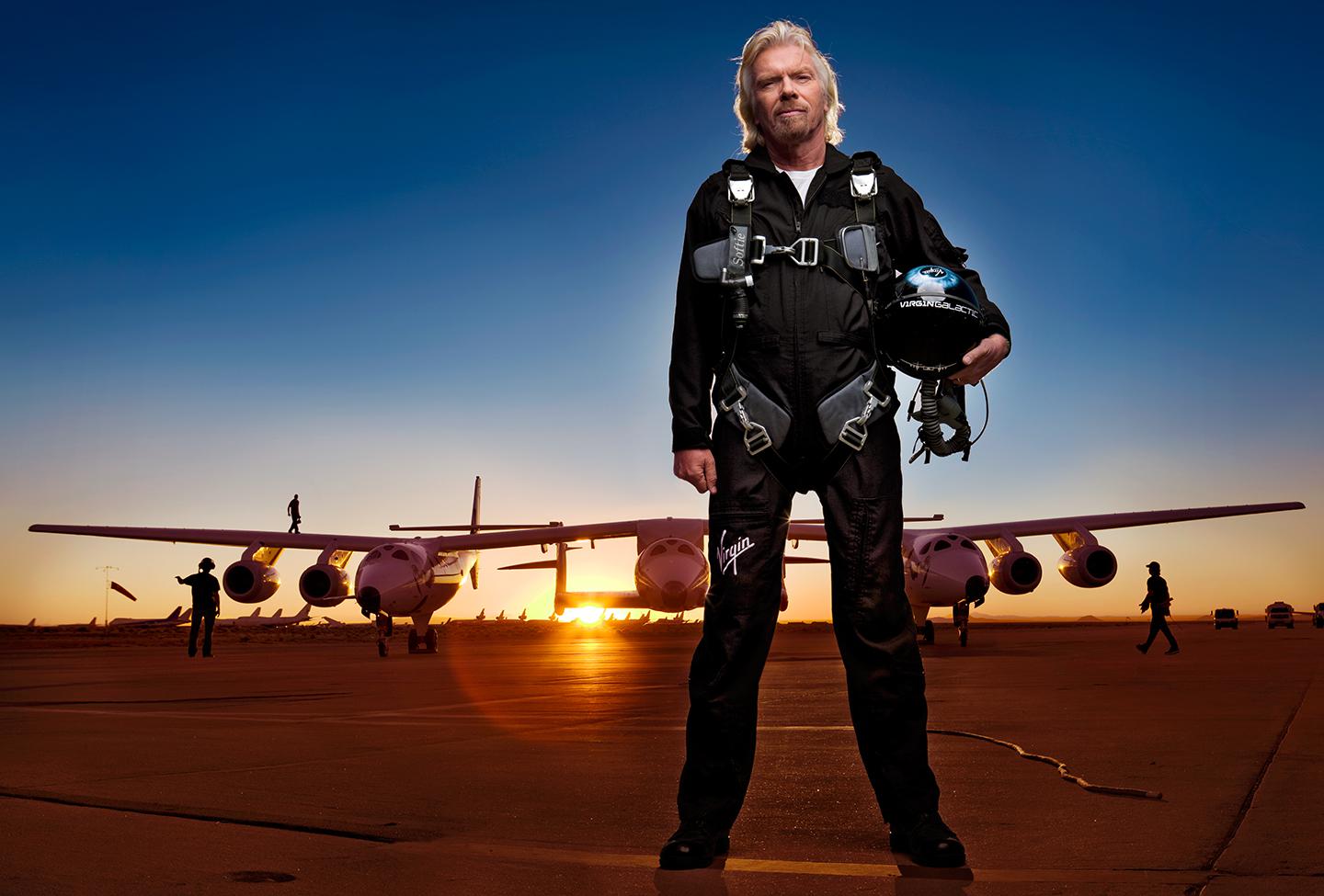
As a result, Branson took the flight in July 2021 beating his main competitor, Jeff Bezos, by nine days. However, it seems that this victory turned out to be pyrrhic. While New Shepard is now making flight after flight, SpaceShipTwo is still tethered to Earth. This is due to the repair and modernization of the WhiteKnight spaceplane and carrier aircraft initiated by Virgin Galactic engineers. At the moment, the first test flight of the updated SpaceShipTwo is scheduled for the end of this year. Therefore, regular tourist flights will definitely start no earlier than 2023.
How much will a flight on SpaceShipTwo cost? Initially, Virgin Galactic sold tickets for $250,000, but after Branson’s flight, they increased the price tag to $450,000. For this money, the company’s clients will have the opportunity to admire the Earth from a height of about 90 km and spend a few minutes in weightlessness.
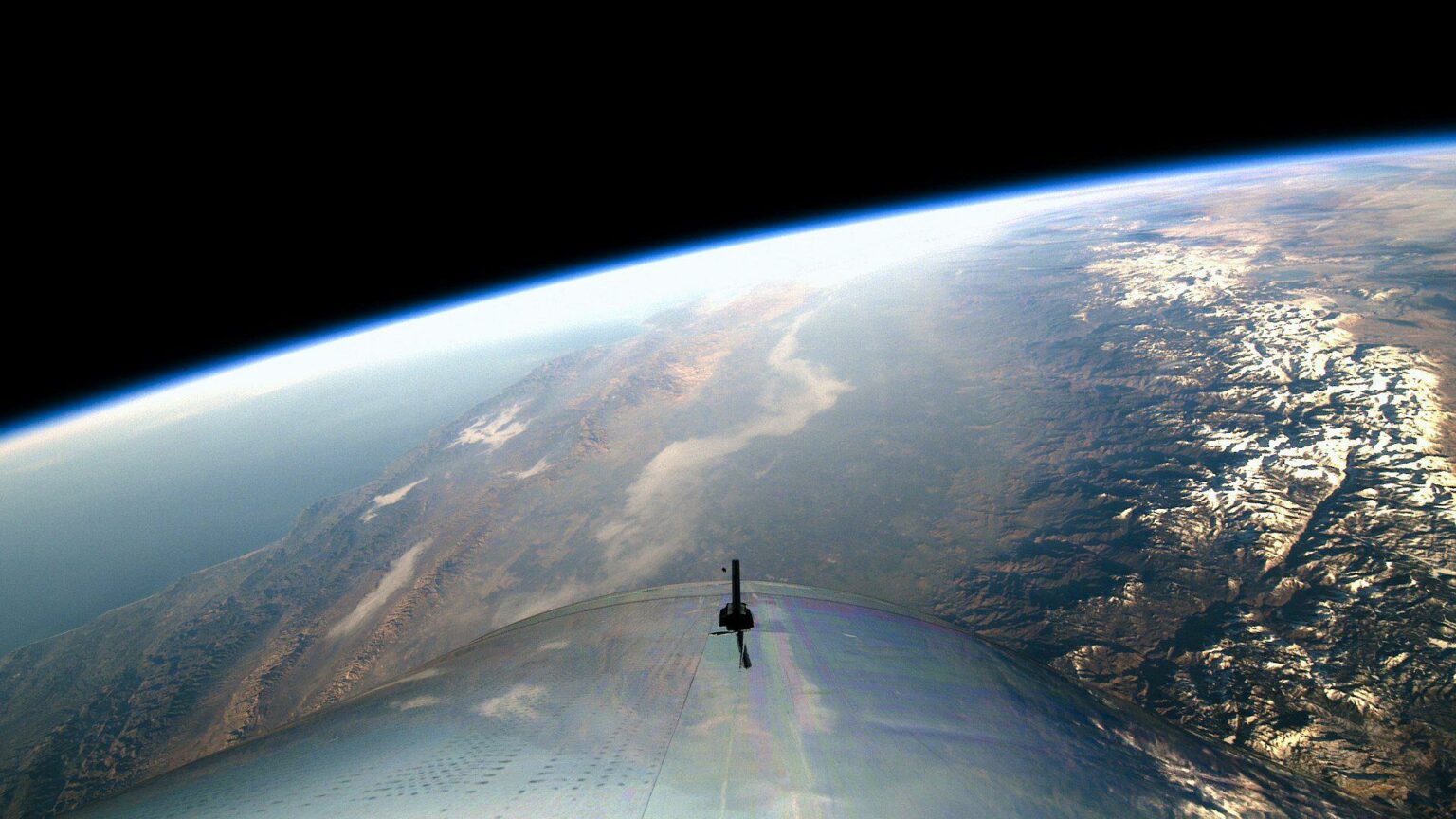
The main disadvantage of SpaceShipTwo, compared to traditional rocket systems, is the lack of an emergency rescue system for passengers. In addition, this device has never climbed above 100 km. It is this mark, also known as the Kármán line, which is conventionally considered boundary between the Earth’s atmosphere and outer space. Its intersection determines whether people on board the ship are considered participants in space flight or not. So those who find it crucial not just to go beyond the Earth’s atmosphere, but also to formally visit the outer space, may well be interested in the offer of the Virgin Galactic — Branson’s main competitor.
The” Shepard’s route”
Back in 2015, Blue Origin conducted the first test of a prototype of the New Shepard system, designed for suborbital tourist flights. Six years later, it made her first manned flight. Company owner Jeff Bezos became one of its participants.
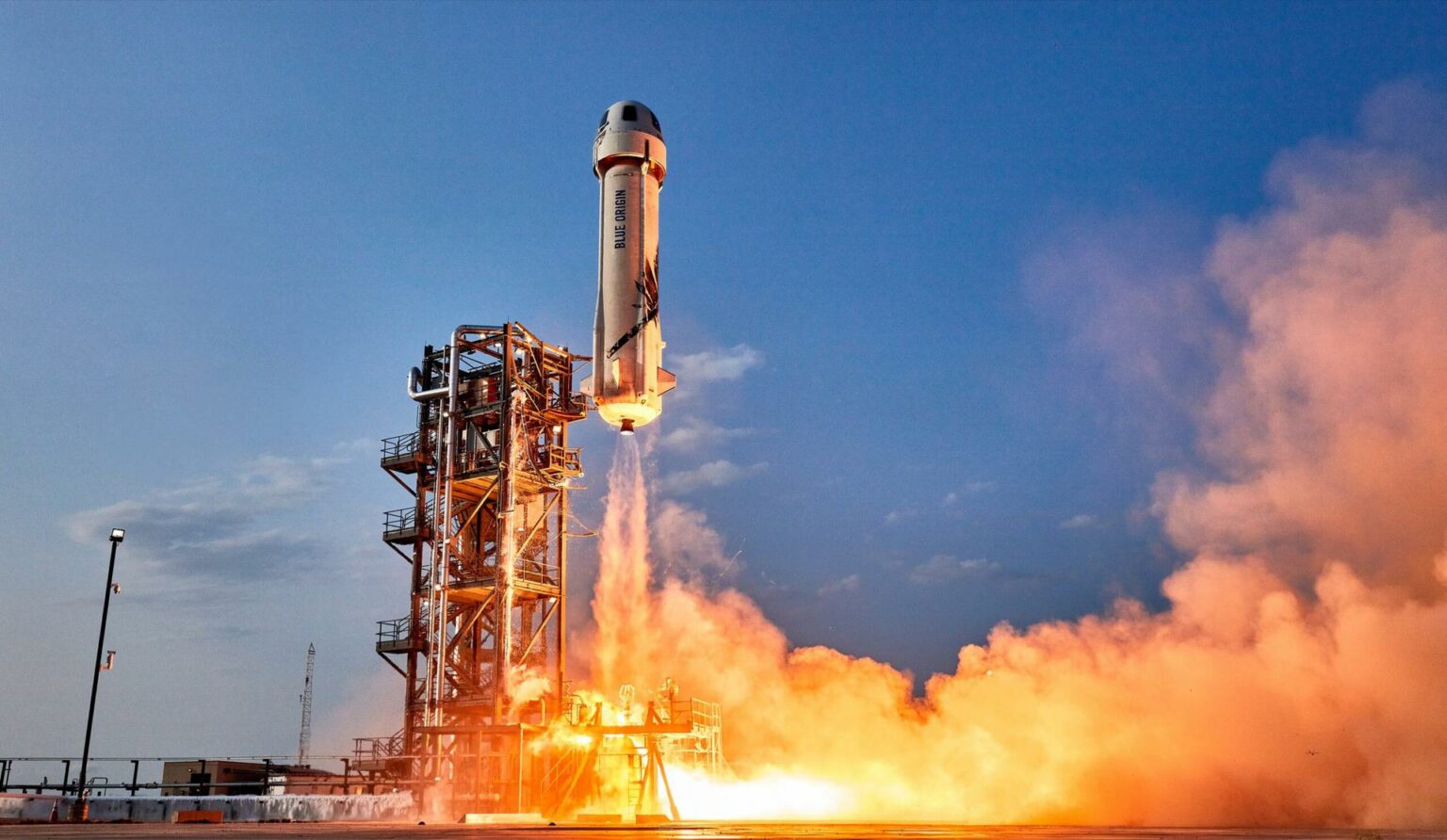
The name New Shepard does a good job of expressing the essence of Blue Origin’s proposal. The company’s customers are proposed the same experience as Alan Shepard had — the first American astronaut who made a suborbital flight in May 1961.
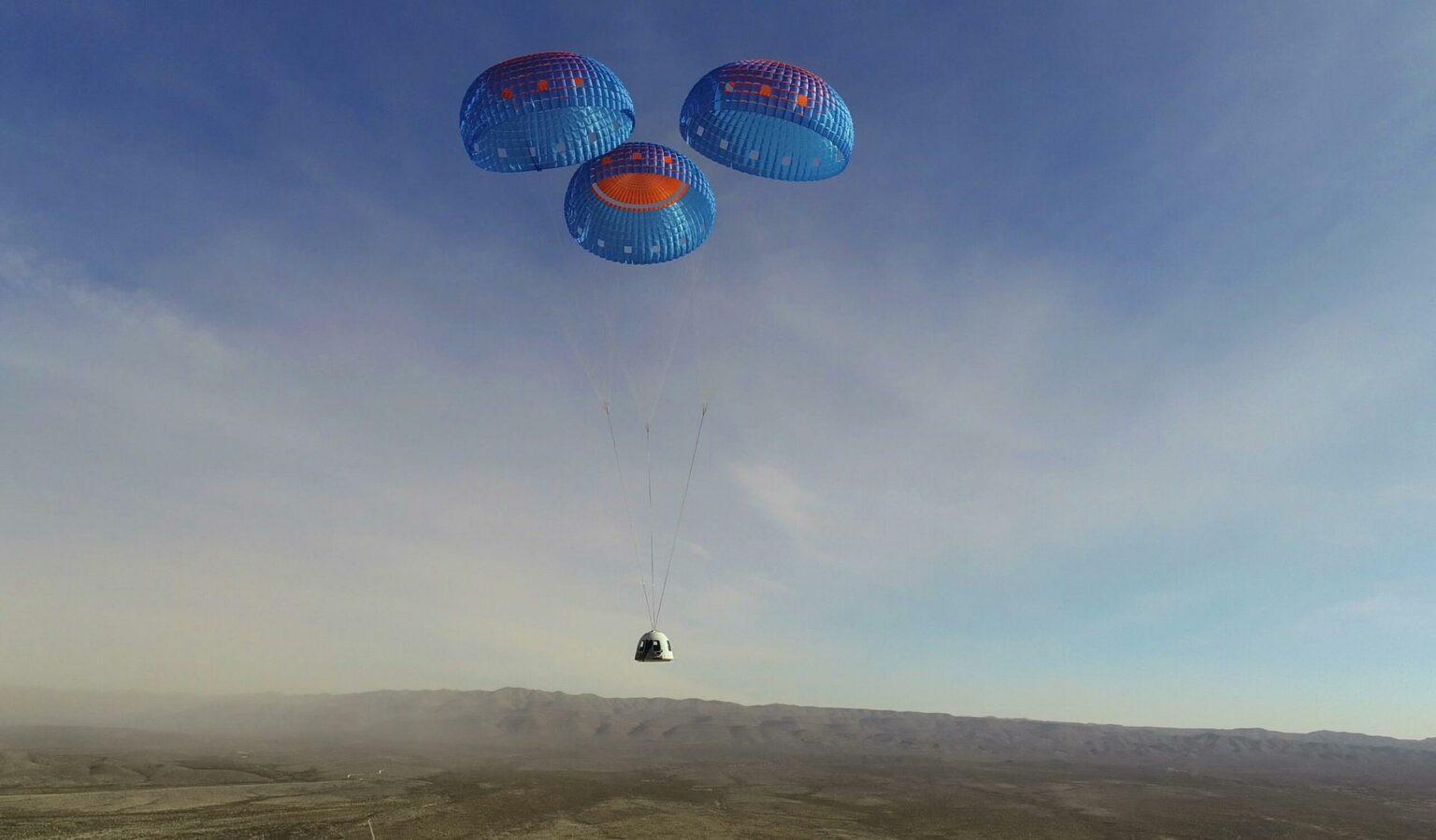
New Shepard consists of a reusable rocket and a six-person crew capsule. After undocking, the rocket performs an independent vertical landing using its engine, while the capsule performs a parachute landing a bit later. The total duration of the flight is 10 minutes, including four minutes of weightlessness. The important point is that the New Shepard climbs to an altitude of just over 100 km. Therefore, its passengers do acquire the formal status of space travelers. At the same time, unlike SpaceShipTwo, the flight takes place in a fully automated mode and does not require a pilot. Another important advantage of the ship is the presence of a crew emergency rescue system. Recently, it has convincingly demonstrated its effectiveness.
So far, the Blue Origin has completed six manned launches of the New Shepard, lifting 31 people above the Karman line. Interestingly, one of the company’s clients (investor Evan Dick) was able to afford two flights already.
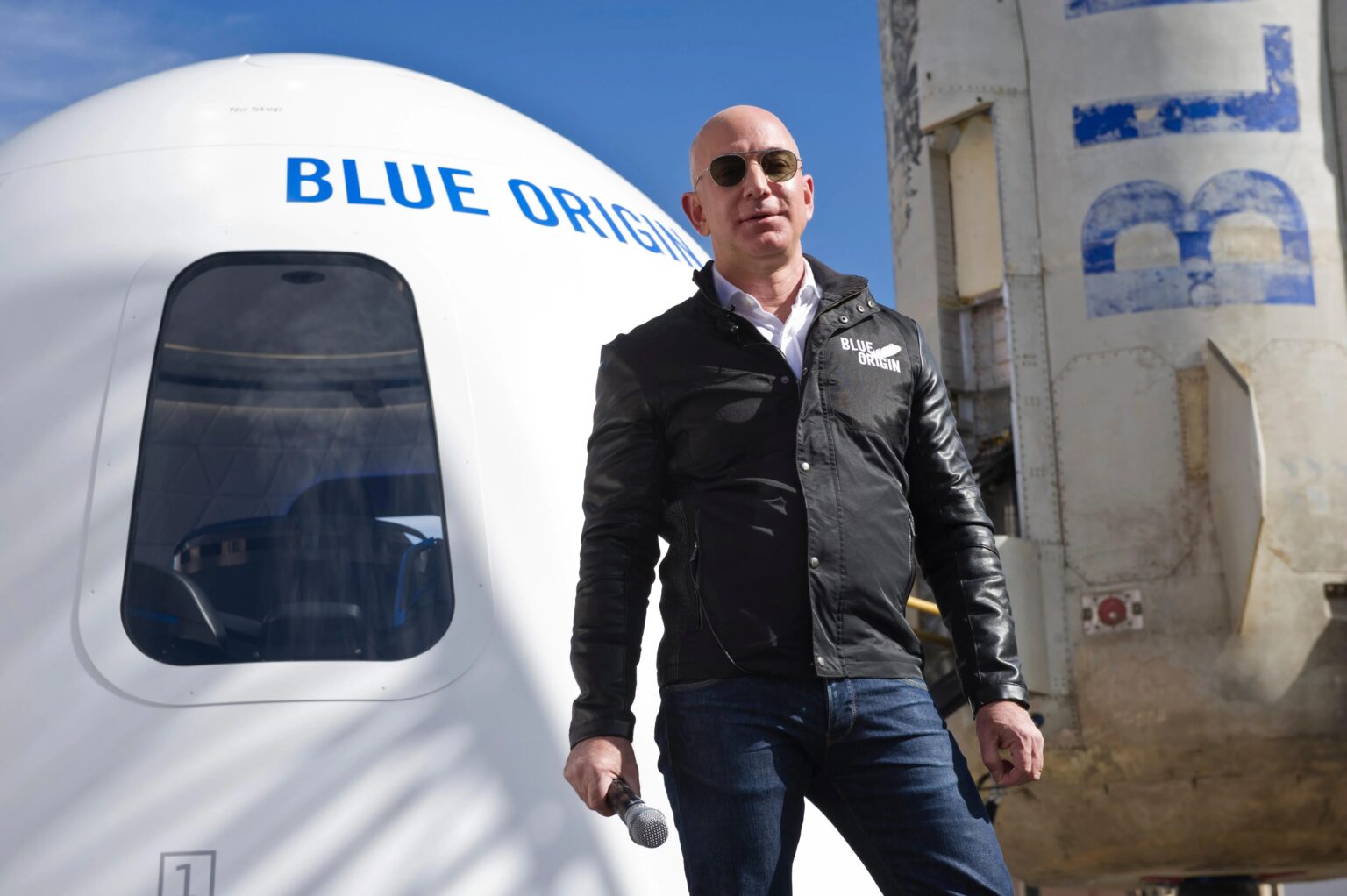
Unlike Virgin Galactic, Blue Origin does not yet disclose the cost of its tickets. It is known that the first seat on the first flight of New Shepard was sold at an auction for 28 million dollars. But it is obvious that regular tickets should be much cheaper.
Flight into orbit
Systems like SpaceShipTwo and New Shepard make it possible to briefly brush against the outer space. But, of course, many potential tourists would like to get much deeper and take a full-fledged space trip.
The launch of the Crew Dragon ship made such a dream reality — аt least for dollar billionaires. In 2021, the founder and CEO of Shift4 Payments, Jared Isaacman, announced his decision to sponsor the Inspiration4 mission, the first private flight into orbit with an exclusively civilian crew. The main goal of the flight was to raise funds to support St. Jude’s Children’s Research Hospital and the fight against cancer.
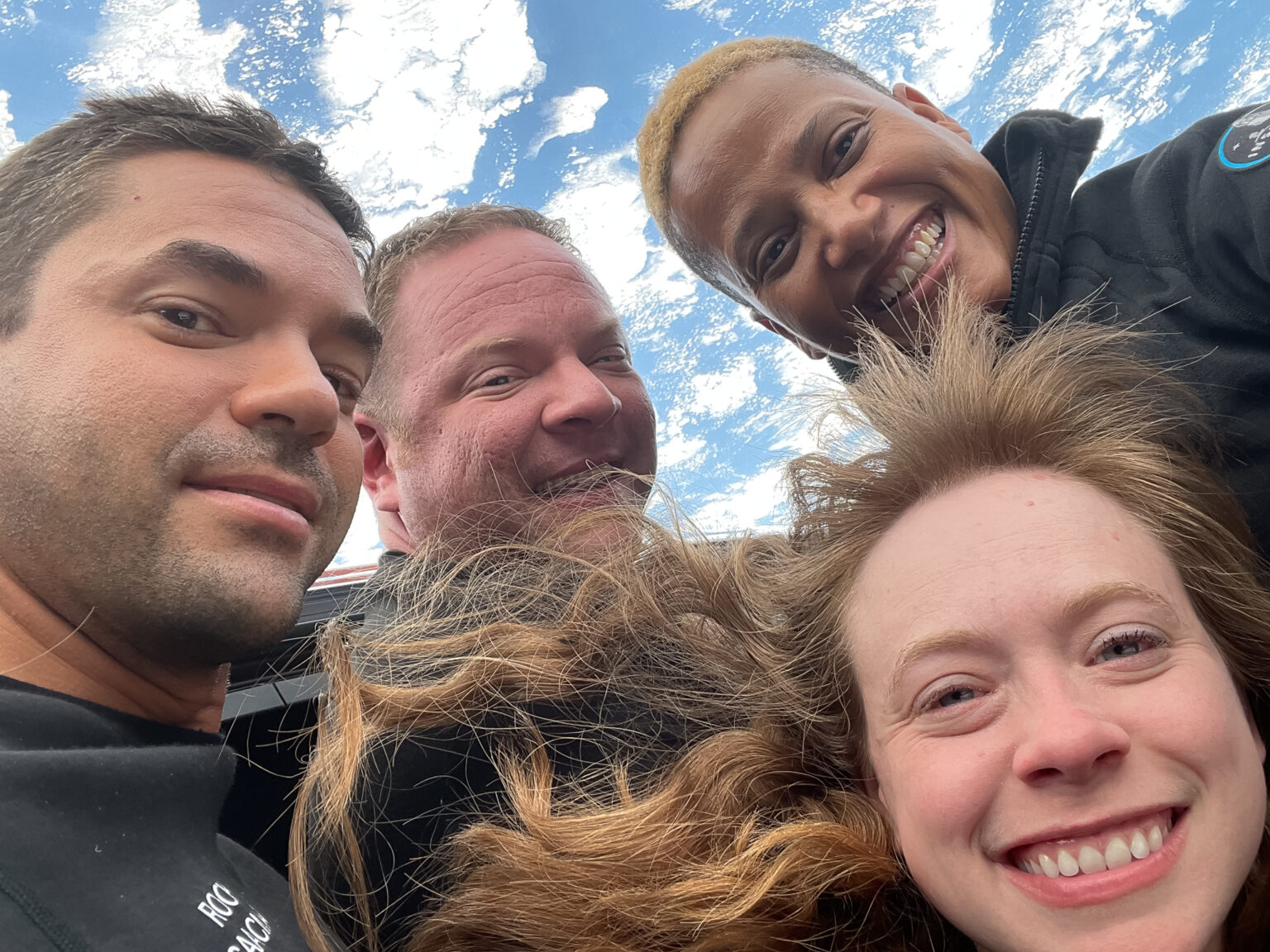
Inspiration4 went into space in September 2021 aboard Crew Dragon. Isaacman’s crew was made up of medical worker Hayley Arceneaux, popularizer of science Sian Proctor and former pilot Christopher Sembroski. In total, they spent three days in space, after which they successfully returned to Earth.
But Isaacman decided not to limit himself to one space flight. In 2022, he announced the launch of the private research program Polaris, within which it is planned to send at least three more manned missions on Crew Dragon into orbit.
The first mission, under the Polaris Dawn program, is scheduled for December 2022. Its commander will be Isaacman himself, and the crew will also include former US Air Force Lt. Col. Scott Poteet and SpaceX engineers Sarah Gillis and Anna Menon. During the flight, a number of scientific experiments and the first ever private spacewalk are planned. In addition, Crew Dragon must enter orbit with an apogee of 1,400 km. So, Isaacman will break the record set back in 1966 by the Gemini 11 mission, which reached an altitude of 1,372 km.
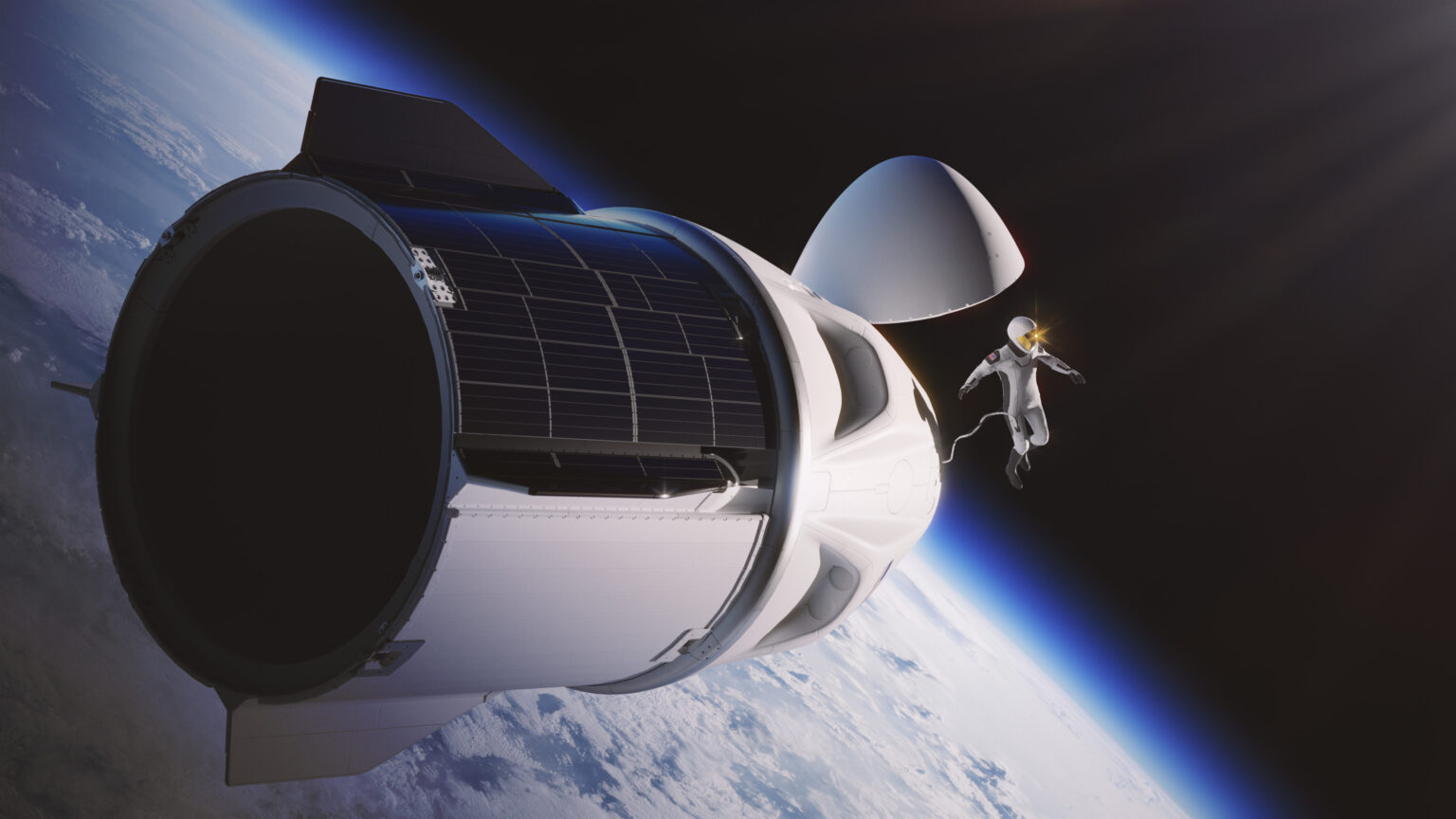
So far, neither Isaacman nor SpaceX has disclosed the cost of the Polaris program. According to some sources, the Inspiration4 mission cost $200 million. Obviously, due to the longer duration of the flight and the need to make changes to the design of the ship, the new flight will cost Isaacman even more.
A tour of the ISS
The next “step” in the hierarchy of space tourism is flights to the ISS. And this is not surprising, because they provide an opportunity to fully immerse in the everyday life of real space toilers. Tourists can see how astronauts live and work and, of course, admire the Earth through the portholes of the famous Cupola module.
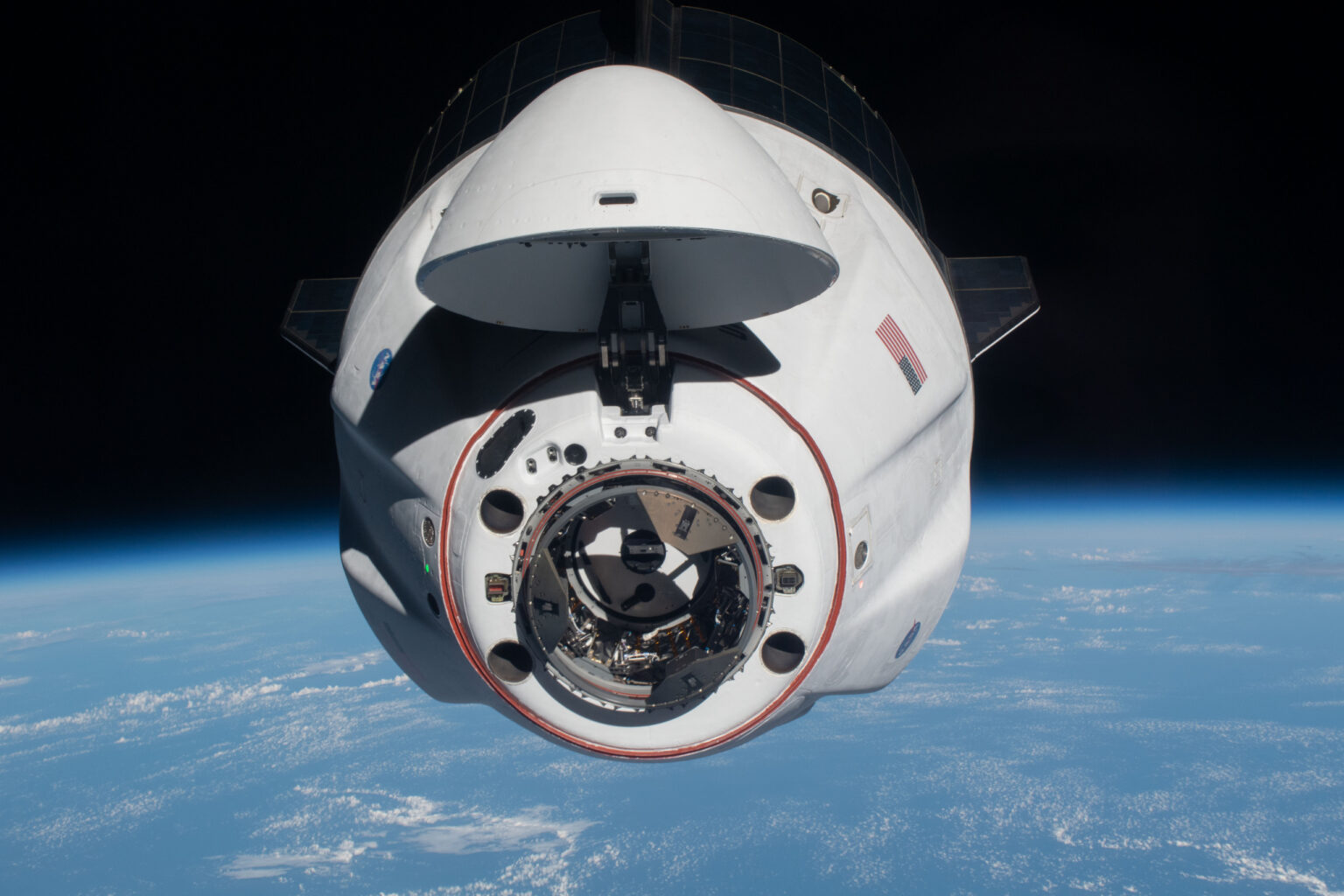
Until recently, the only option to visit the ISS was a flight by the Soyuz spacecraft, through the mediation of the same Space Adventures Company. The last such flight took place in December 2021. Japanese billionaire Yusaku Maezawa took advantage of the offer. Apparently, he became the last tourist to fly into space by the Soyuz. It is extremely unlikely that in the conditions of Russia’s large-scale invasion of Ukraine and the militarization of Roscosmos, someone will again want to take advantage of such a dubious offer.
Fortunately, would-be tourists have a great alternative, in the form of the same Crew Dragon. In April 2022, it delivered the participants of the AX-1 commercial mission to the ISS organized by Axiom Space. It included former NASA astronaut Michael Lopez-Alegria, hired by the company, and three private clients who paid $55 million for the ticket. In total, they spent 17 days in space.
The next Axiom mission is scheduled for the first half of 2023. Also, it is worth mentioning that the company signed a contract with NASA for the construction of several modules for the ISS. Initially, they will make up the private segment of the station, and after the completion of the complex’s operation, they will be undocked from it and form the world’s first private orbital station.
Moon flyby
The last realistic space-tourist destination up to date is the Moon. Back in 2005, Space Adventures announced an exclusive offer to fly around our planet’s natural satellite by a modified Soyuz spacecraft on a free-return trajectory — that is, without entering a selenocentric orbit. Initially, the cost of the ticket was 100 million dollars, later it increased to 150 million. In 2011, the management of Space Adventures even stated that they managed to sell one seat. But the flight never took place.
Already in 2017, Elon Musk spoke about his intention to organize a tourist mission to the Moon by the Crew Dragon ship. Then the head of SpaceX announced that two real customers are available and expressed hope that the mission could take place already in 2018.
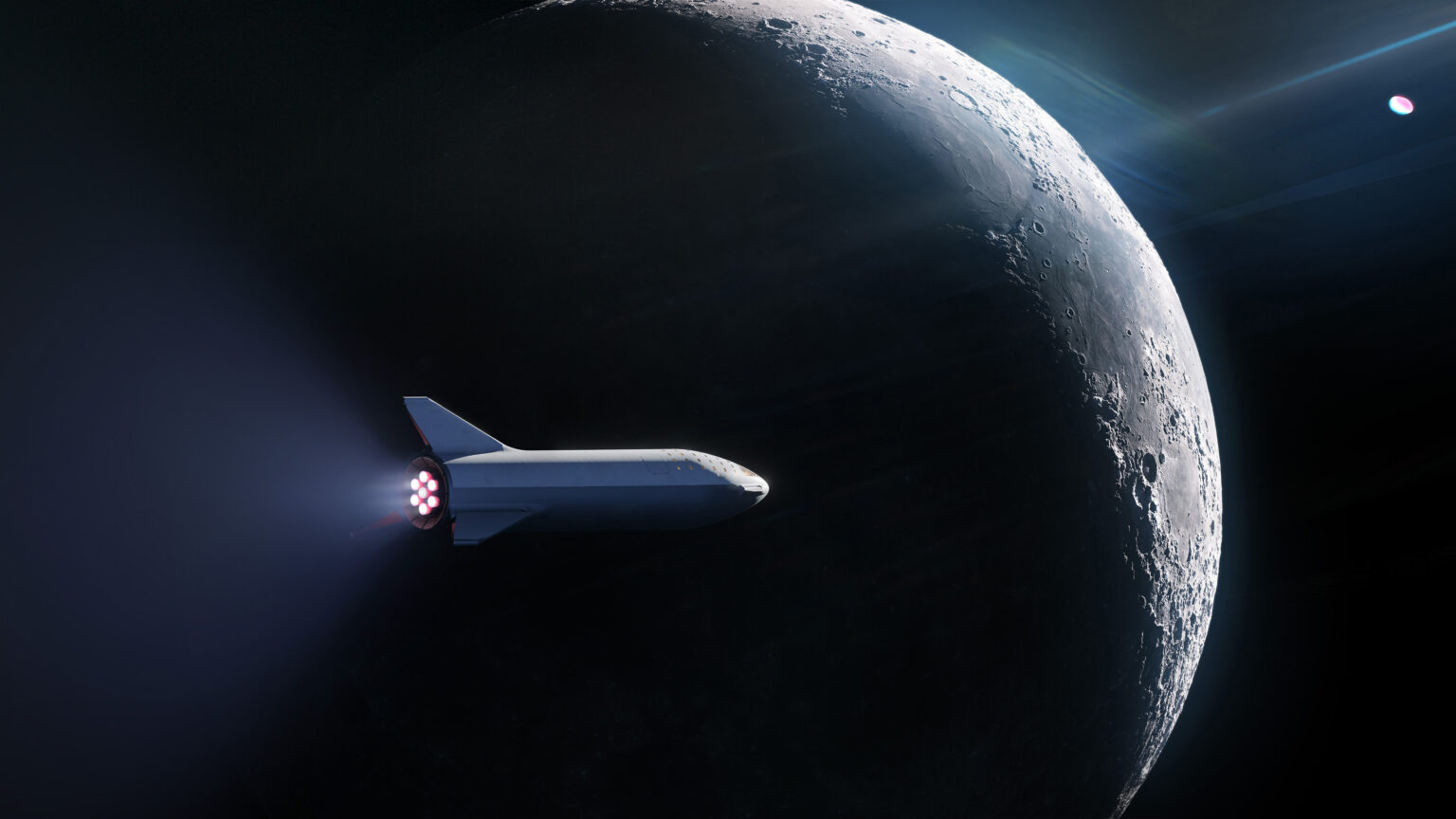
But, in the same 2018, SpaceX made serious adjustments to this plan. It was announced that instead of the Crew Dragon for the tourist lunar mission, the prospective Starship craft will be used. The first lunar tourist was also announced. It turned out to be the same Japanese billionaire Yusaku Maezawa.
Maezawa did not disclose the price of the deal. But it is clear that it is at least a nine-figure sum in dollar terms. He also announced that he has fully purchased the flight and intends to take 6-8 “artists” with him on the flight. He means painters, sculptors, photographers, musicians, directors, writers, fashion designers, architects. They will be selected within the framework of the Dear Moon project. The flight will be absolutely free for them.
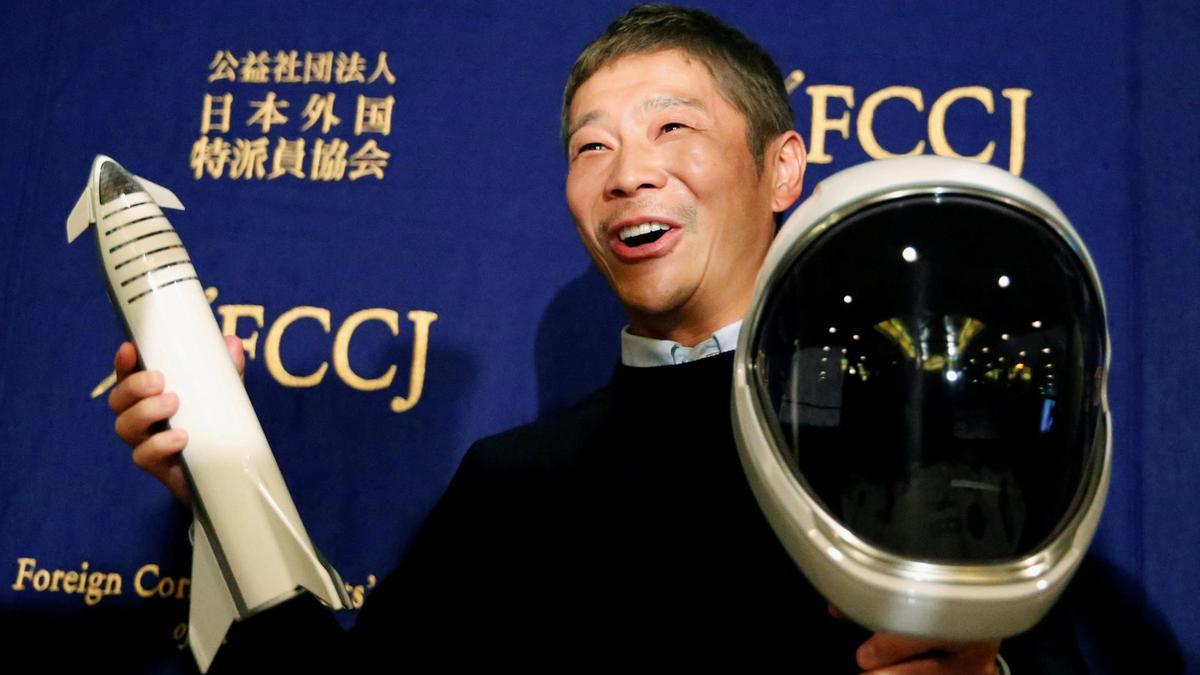
Roughly, Maezawa’s flight to the moon should take place in 2023-2024. But, given the ambition of the project, there is almost no doubt that this date will change several times. In fact, given all the complexities involved in building a Starship, it’s now difficult to guarantee that the mission will actually take place. But still, I want to believe that this is not about an advertising campaign and we will really see the artists flying to the Moon this very decade. Even as tourists.

